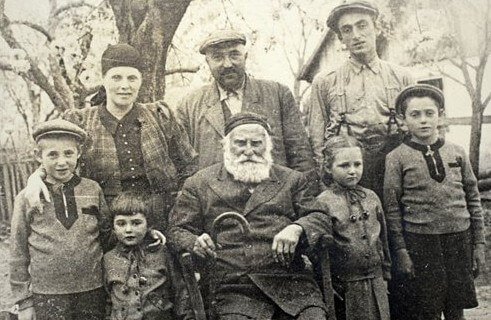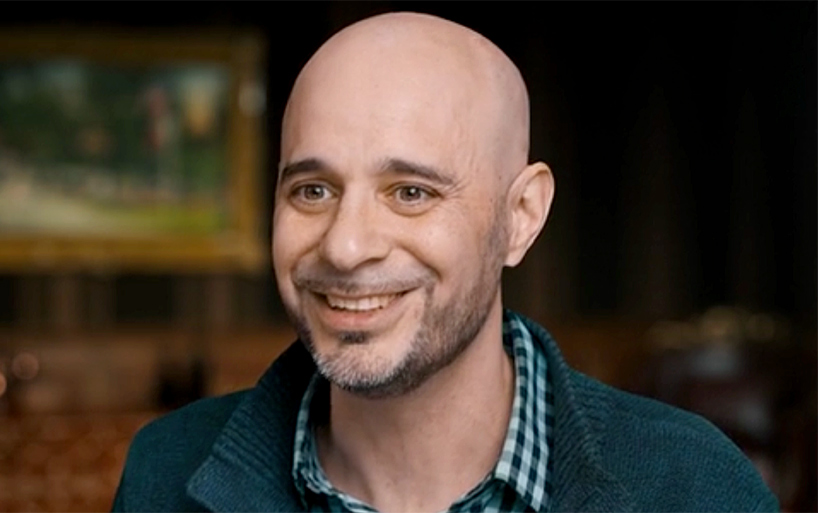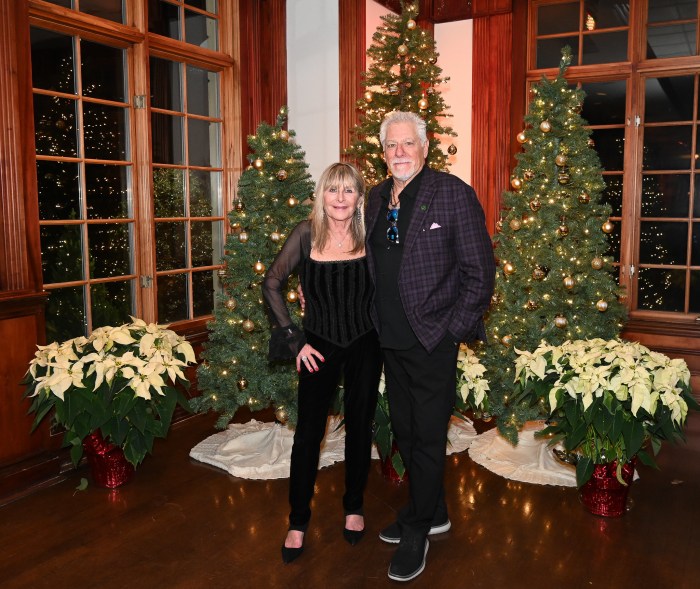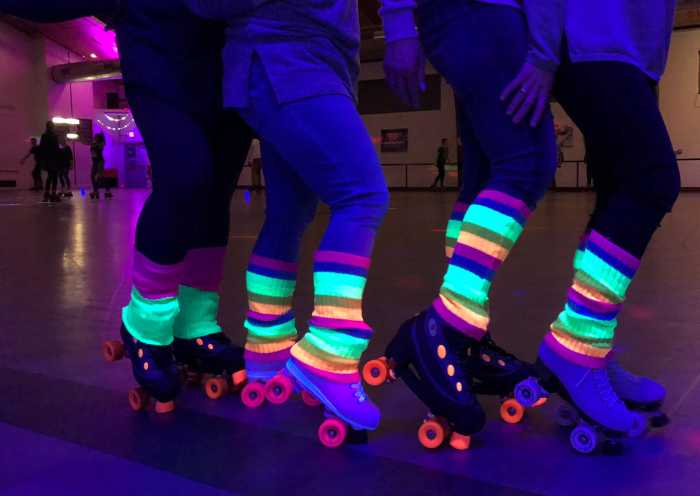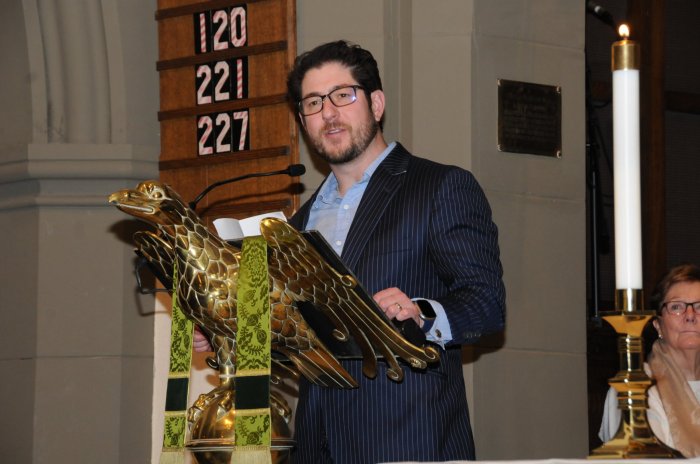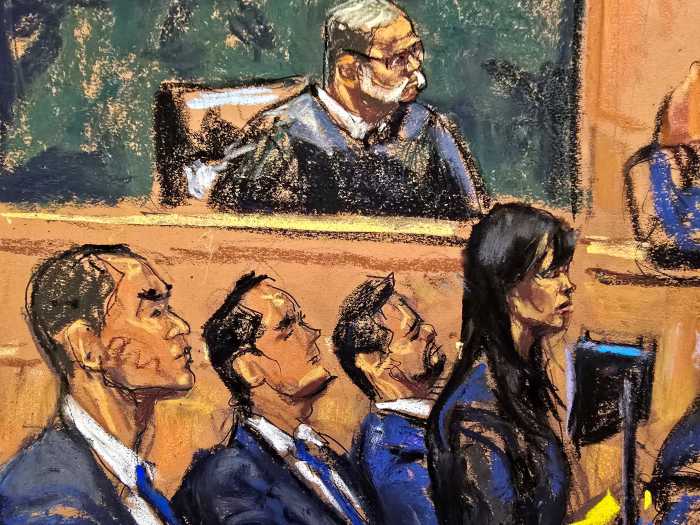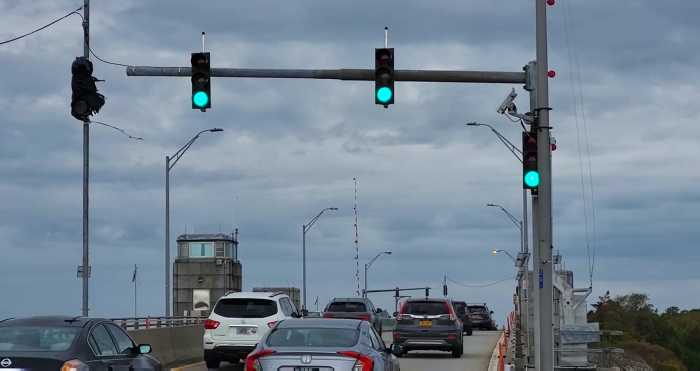
There are girls with ribbons in their hair, boys in short pants or wool jackets (one even wears a discarded Hitler Youth uniform). There are teens and toddlers. There are kids who look happy, sad, scared, tense and relieved — greatly relieved.
There are few hints in the photos, aside from some weary eyes or bony arms, of the hardships they endured to get to this moment: hiding in strangers’ homes, stealing scraps of bread to survive, gasping for air in cramped cattle cars.
These are children who’d come through the fire, survivors of the Holocaust photographed by social service agencies across Europe soon after World War II. There are more than 1,100 pictures, most of them long stashed away and forgotten in the mists of history.
Until now.
More than 65 years later, the U.S. Holocaust Memorial Museum is reaching out around the world to find the people in these extraordinary photos. It has posted their pictures online and spread the word the search is on.
The plan is to preserve their stories, fill in some gaps of history — and then have them step before the camera once again.
___
Theodore Meicler recognized his 8-year-old self immediately: the thatch of dark brown hair, the unsmiling eyes, the distant look that concealed his sorrow. He had never seen the post-war photo — but one glance resurrected the pain.
“It brought me back to a time where I didn’t know what was happening to me. I didn’t know where I was going or who was going to feed me tomorrow,” he says. “It definitely made me very sad … and very angry for the damage that was done to me.”
Meicler was just 4 years old when his father was arrested. He still remembers the coats the Gestapo agents wore when they took his dad away.
For about two years, the young Theo hid in his native Belgium, shuttling from place to place. His mother and younger brother had taken refuge separately in other homes.
They reunited when the war ended. By then, his father had died in Auschwitz.
In the decades that followed, Meicler built a life, first in Israel, then in America. He married twice, had three children, bought an upholstery company and is now retired in Texas.
He was surprised to receive an email from the Holocaust museum this spring, asking two questions: Was he the boy in the attached photo? If so, would he share his story?
Yes, he would. Meicler, now 73 and mostly bald, even joked about his photo in a Facebook posting: “This is me indeed with more hair and less wrinkles.”
Beneath the humor, though, there are emotional scars. Meicler says he was a moody, rebellious young man, angry even until his 50s when he confronted his mother, accusing her of abandoning him and his brother during the war.
“She said, ‘I was 26 years old with two small children. I didn’t know where to turn. I did the best I could in order to protect the both of you.’ That,” he recalls, “was a turning point for me.”
He understood her ordeal. But haunting memories remain, along with his photo.
“There are not very many pictures where I look happy …,” he says. “I haven’t been happy for most of my life.”
___
More than 1 million children died in the Holocaust. Tens of thousands of others were uprooted, temporarily or permanently. Some watched as their parents were taken away, never to be seen again.
Some Jewish children were whisked off to live with Christian families on farms or in villages. Others were forced to fend for themselves. Those old and strong enough to work sometimes ended up in concentration camps.
Many didn’t talk about these experiences, not even decades later with their own children. But now that they’re in their twilight years, the Holocaust museum decided the time was right to harness social media to find them — and collect their stories.
The museum launched Twitter and Facebook campaigns and placed some newspaper ads.
The effort is called “Remember Me?” — the question mark underscores the public appeal for information about the photos. But as the people in the pictures started coming forward, the title assumed a new meaning, says Jude Richter, a historian at the museum’s Holocaust Survivors and Victims Resource Center.
“Instead of being a question,” he says, “it’s more an imperative: ‘You WILL remember me. You WILL remember what happened to me and tell it to other people when I’m gone.'”
History usually comes from government documents or accounts from adults, but “now we’re seeing it from a child’s eye view,” Richter says. “We’re understanding what this means to children who weren’t able to grasp what was going on.”
Most of the photos were taken from 1945 to 1947 and come from the Jacob Rader Marcus Center of the American Jewish Archives. The bulk of nearly 170 others from Kloster Indersdorf, then a displaced Jewish children’s home in Bavaria, belong to the Holocaust museum’s collection. Those kids are shown holding placards with their names to help reconnect them with loved ones.
Since the photos appeared online, about 180 children have been identified from the U.S., Canada, France, Italy, Scotland, Belgium, Hungary, Switzerland, Israel, England and Australia. (About 10 are dead, including Jerzy Kosinski, author of “The Painted Bird,” who committed suicide in 1991.)
The website has attracted more than 61,500 visitors from 150 countries, including amateur sleuths and others offering tips on possible variations in the spelling of names or clues to someone’s whereabouts.
One Canadian Holocaust survivor has been a tremendous resource, tracking down dozens of children, then providing the museum with their contact information.
Five museum workers conduct interviews — so far they’ve been done in English, French and Hebrew. The interviews, Richter says, are a balancing act.
“You’re trying to learn about this person and trying to be comforting … and at the same time, you’re the ones stirring up what’s causing them the most pain,” he says. “One person said (to a colleague), ‘I’ve spent my whole life trying to forget this and now you want me to remember?'”
___
Zoltan Farkas stood solemnly for his photo, his hands clutching a placard bearing his name, his heart hoping for a miracle.
His survival was amazing in itself: He’d endured two concentration camps. A labor camp. Near starvation. Lice. The threat of beatings. The horror of watching inmates hanged for petty infractions.
Weak and emaciated, Farkas and his brother, Erwin, were finally led on a death march to Dachau. They agreed that when they could no longer go on, “‘we’d lie down together so we could die together” — knowing they’d be shot if they stopped walking.
Instead, both were liberated by the Allies.
Months later, a wary-looking Farkas, then 18, was photographed at Kloster Indersdorf, the children’s home. By then, he’d realized some women had survived, and he began wondering if his mother and three sisters might be alive. (He’d been separated from them when they arrived at Birkenau concentration camp.)
Farkas assumed his father, who’d been arrested by Hungarian police, was dead.
None of them survived. “At one point,” he says, “I felt physical pain at their loss.”
Farkas sees his photo as a milestone. “It was like being reborn. … I had the feeling, ‘Look, I’m alive!'”
Farkas moved to America, served in the Army, earned an engineering degree and worked at the Stanford Linear Accelerator Center in California.
His hair is now talcum powder white, his face creased by a lifetime, but at 83, some things haven’t changed — most notably, his Auschwitz prisoner number, A-7897, on his left arm.
For decades, Farkas saved photos of concentration camp inmates. “At the beginning, I felt I should mourn — I shouldn’t separate myself,” he says. Finally, he tossed them out.
“I didn’t want to dwell on them,” he says. “There are things, of course, I cannot throw away — and that’s what’s in my mind.”
___
Nathan Kranowski sees his frightened face, but still finds it soothing.
“Even though I know many people had stories like mine, when I see the picture, I find it comforting to know that, indeed, I wasn’t alone,” he says.
Kranowski was orphaned by age 4. His parents, Polish immigrants living in Paris, died in Auschwitz’s gas chambers.
He wasn’t aware of his photo until a teacher at a Virginia middle school who’d invited him to speak about his childhood — something he does regularly — alerted him. She’d stumbled across it while Googling his name.
Kranowski says when he first saw the faded image, he almost fell over. He was struck by his sadness — his watery eyes, his tremulous mouth. But the photo showing him as a tiny, red-haired little boy also gave him a sense of peace.
“The more I can picture my past and fill in the gaps, the more satisfied I am,” he says. “… I want to understand what happened to me, to make sense of it.”
The photo, as it turns out, helped solve a personal mystery, too.
Until recently, Kranowski had known only that he’d been harbored by a Catholic couple on a farm, attended church and was called Pierre. But a French historian researching a group of Jewish children hidden in one village contacted him — through the museum — providing details of his life.
He revealed that Kranowski had lived in the village of Bais, Ille-et-Vilaine in Brittany and his protectors were the Fouchets.
Kranowski arrived in America at age 10. He became a professor, first teaching French, then accounting.
At 73 — and proud to still have some reddish hair — Kranowski is a charter member of the Holocaust museum. But surprisingly, he’s never been there.
“I know all these things,” he says. “I don’t need to make myself suffer.”
So he devotes part of his retirement telling school and church groups his story.
“I have a tremendous need to speak and tell people this really happened and it’s not ancient history,” he says. “The reason I do all this is because I don’t want to forget.”
__
Sarah Modern Irom remembers small details about her photo.
It was taken at a portrait studio on the Boulevard de Belleville in Paris, near her family’s apartment. She wore a dress with a red tie and a braid atop her head.
Unlike most pictures on the museum’s website, hers was taken during the war, probably in late 1942. Sarah was about 9, a quiet girl who loved Mozart, Beethoven and dance. Her welcoming smile concealed a tumultuous childhood of bombs, sirens and roundups of Jewish men.
She, too, would go into hiding, on a farm in Normandy. In 1944, Sarah was surprised when her mother and sister arrived in the village with a new family member — a brother.
Sarah, the former schoolgirl, was a 77-year-old grandmother living in Tulsa, Okla., when a nephew told her about the photo.
“It was a shock to see my picture,” she says. “I was displaced — that was it. I never talked about it. I never talked to my children about it. It was part of my life that was over. Maybe I didn’t want to remember. Who knows?”
Irom chooses to deals with her past in doses.
She knew her father was deported while she was in hiding but it wasn’t until about 10 or 15 years ago that she visited a small Holocaust memorial in Paris, She saw documents identifying the convoy that delivered him to Auschwitz and his name on a memorial wall.
“For many years, I kept thinking what a shame it is I had to grow up without a father,” she says. “But time has gone on and … I can talk about it as calmly as I can talk about the weather. … If you dwell on it, you’re just going to ruin whatever you have.”
___
The search goes on.
Once the “children” stop contacting the museum, the staff will turn to ship passenger lists and other records to find others.
Michlean Amir, a research coordinator at the museum conducting the Hebrew interviews, is heartened by the success stories she’s heard of children who grew up to have happy families and successful careers.
“The amazing thing for me is most of them established normal lives,” she says. “They managed to marry, have healthy relations, have children and grandchildren. People go through much lesser trauma and are unable to function in society. I don’t know — maybe it’s to prove they were not defeated.”
___
Online: http://www.ushmm.org/rememberme
http://www.ushmm.org/research/collections/resourcecenter/
___
Sharon Cohen is a Chicago-based national writer for The Associated Press. She can be reached at features(at)ap.org.
Copyright 2011 The Associated Press.




